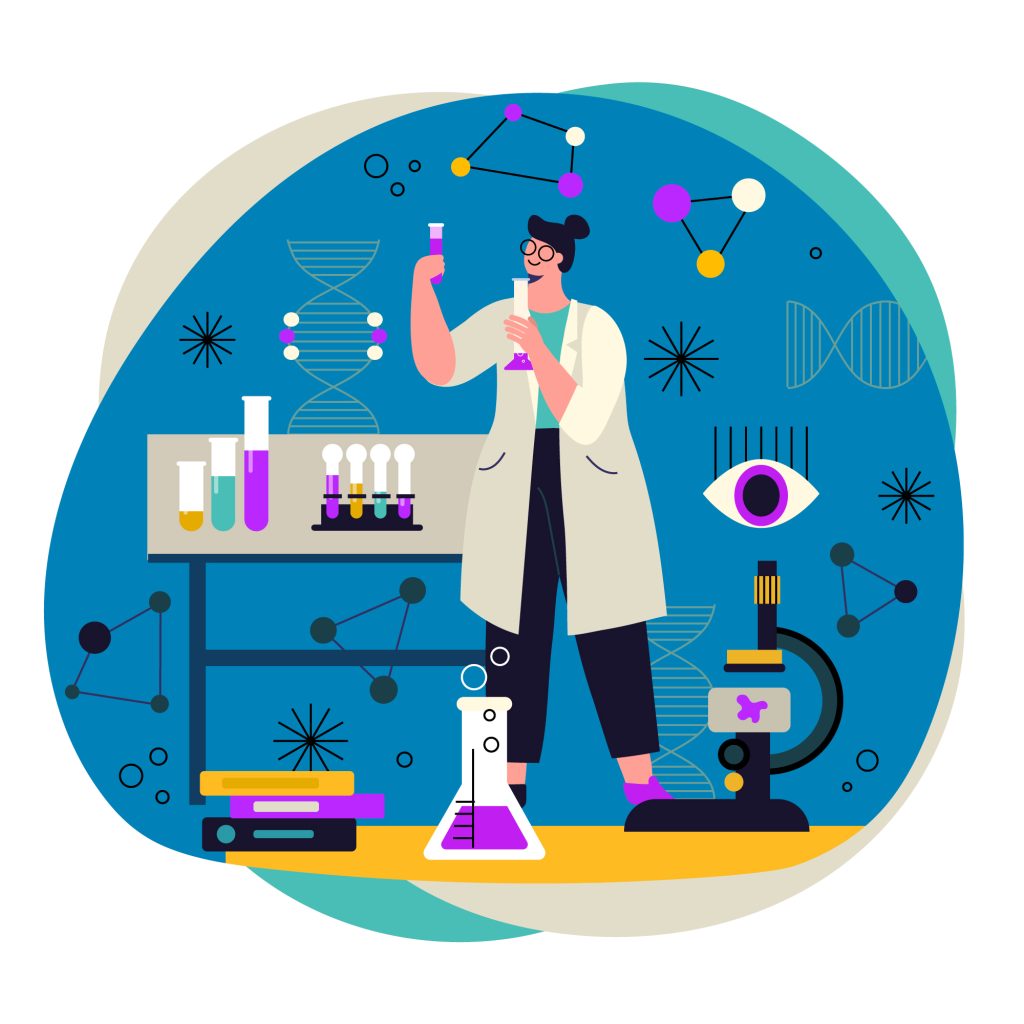Biotech Research with VR for Protein Engineering Services
VR for Protein Engineering Advanced Biotech Techniques
Proteins are regarded as the building components of life because they are responsible for almost all biological processes. This opens up a plethora of opportunities in protein engineering which involves changing proteins to create new drugs, enzymes or biomaterials. The traditional methods used in protein engineering are computer models and laboratory experimentation. Virtual reality (VR) provides a novel way that offers protein engineers an immersive and interactive platform where they see and can alter the position each amino acid at atomic level. As such, Rootfacts has developed cutting-edge virtual reality technologies that aim at transforming as well as hastening protein engineering in biotech industry sector.
Benefits of Virtual Reality for Protein Engineering
Virtual reality technology’s advantages to protein engineering include:
Disadvantages Of Traditional Protein Engineering Techniques
Some limitations experienced when applying traditional ways of designing proteins include:

Limited Visualization
Reliance on two dimensional representations with complex computer models may hinder intuitive understanding about shapes that these molecules have. Ongoing laboratory experiments take much time particularly if various designs must be analyzed based on results.

Communication Breakdowns
It is difficult to teach intricate principles concerning the design of proteins using conventional approaches.
Development Of Virtual Reality Protein Engineering Solutions
To overcome these constraints whilst equipping most recent facilities available for working out protein engineers, Rootfacts has created VR solutions:
Merits of Virtual Reality Products
There are several advantages of incorporating VR technologies into your protein engineering workflow:
Faster Design Cycles
The increased ability to investigate designs at a fast pace can reduce design timelines significantly.
Improved Innovation
Visualization for creative stimulation makes it easier to make innovative protein-based products.
Enhanced Collaboration and Communication
This system promotes more effective communication between researchers working in groups, which leads to quicker and better processes that lead to higher quality proteins.
Reduced Dependence on Experimentation
In some cases, certain laboratory experiments can be replaced by computer simulations done virtually.
Reduced Risk of Failure
By spotting issues early on during the creation process, unnecessary testing is avoided.
We Provides Reliable VR-Enabled Protein Engineering Team of Specialists: We have a team whose main objective is to improve the protein engineering workflow. It consists of computational biologists as well as software and virtual/augmented reality engineers.
Location-Based Services (LBS) Technology:
At the same time, we use state-of-the-art VR hardware and software to make immersive yet user-friendly virtual reality experiences.
Scientifically Driven Methodology:
Our experts’ validation of our VR models used in protein engineering adds credibility based on scientism.
Tailor-Made Solutions That Can Be Scaled Accordingly:
For clients whose projects involve protein engineering development work they can get personalized virtual reality services from us. Continuous Improvement and Advancement through Our Virtual Reality Features That Can Withstand Time
Investing in the Future: Boundless Potential of Virtual Reality for Protein Design
The future lies within virtual reality (VR) as a way of remaking proteins due to its inherent simplicity that allows scientists explore microcosm interactively. With Rootfacts one would also have an opportunity to come into contact with modern virtual reality solutions combined with a group committed towards enhancing hygiene treatment strategies thus realizing their full potential in respect to protein production activities.
